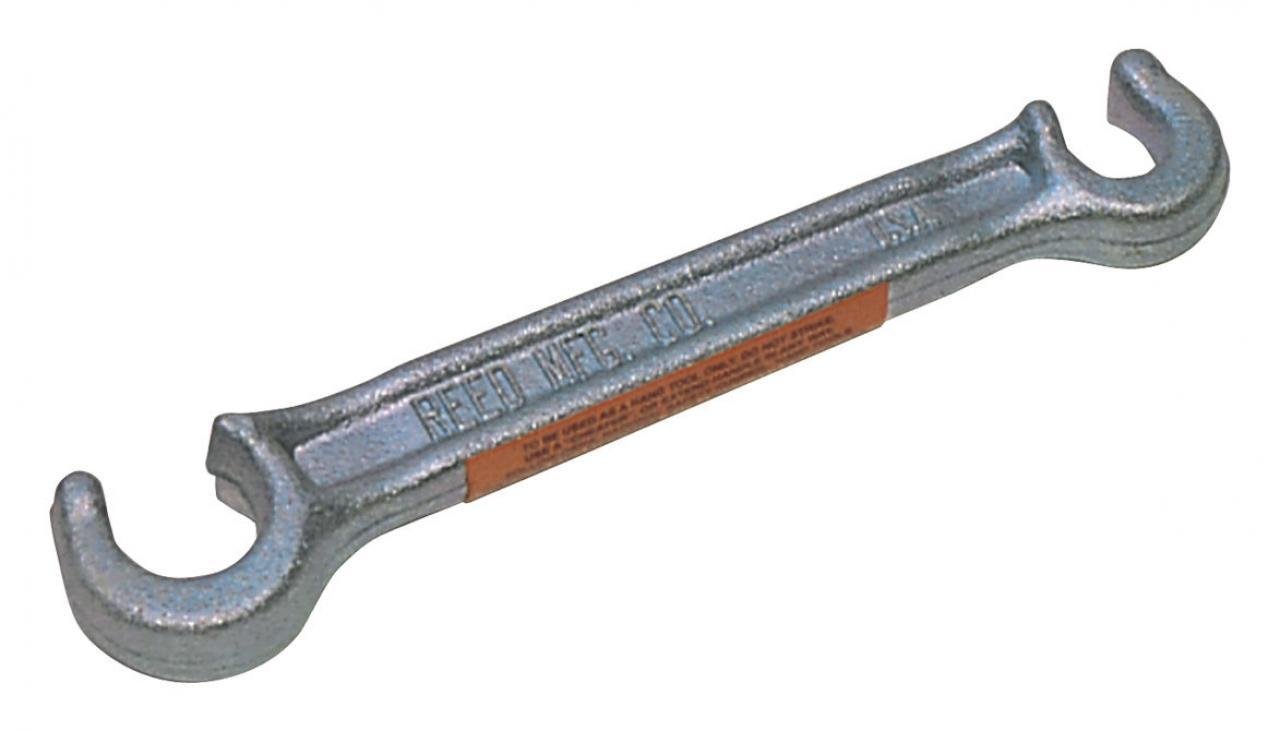In factories, ships, refineries, and industrial plants, turning heavy valve wheels forms part of the daily routine. Some valves stick due to age or pressure. Others sit high above reach. These tasks quickly become unsafe or time-consuming if workers use the wrong tools. A valve wheel wrench changes that.
When built well, this tool allows operators to grip, turn, and control valve wheels with minimal strain. Using a high-quality version helps avoid damage to the valve and injury to the worker. It supports both safety and efficiency in a single design.
This article explores how a top-grade valve wheel wrench set protects both people and machines, all while improving the speed and ease of work.
Improves Workplace Safety
Manually turning a tight or corroded valve places stress on the arms, shoulders, and back. If the wheel slips or jerks during turning, it can cause injury or muscle strain. The risk grows worse in wet, oily, or cramped environments. That’s why a reliable wrench plays such a vital role in protection.
High-quality valve wheel wrenches improve safety by:
- Locking firmly onto the valve to prevent sudden slips
- Providing added leverage, reducing pressure on joints
- Enabling better posture by allowing proper hand positioning
By reducing force and improving grip, these tools help workers avoid harm, especially during extended use or in risky environments.
Safe equipment allows teams to focus on precision and task quality, not just speed. In many work settings, safety and efficiency walk hand in hand. A sturdy wrench supports both.
Prevents Valve and Equipment Damage
Trying to twist a valve by hand or using unsuitable tools like crowbars or pipe wrenches can harm the wheel or stem. This often leads to expensive damage. A broken valve might disrupt operations for hours or even days.
Using a valve wheel wrench reduces risk because it:
- Spreads force evenly to avoid warping or cracking
- Aligns with the valve wheel design to prevent scraping
- Minimises pressure on sensitive fittings and seals
With a valve wheel wrench set tailored to different wheel types, teams respond with the correct tool every time. That lowers error rates and protects key components from wear.
Speeds Up Daily Tasks
Time wasted on stuck valves adds up fast. Whether checking pressure systems or shutting off pipelines, any delay affects output. A valve wrench that grips well and feels balanced saves precious minutes throughout the day.
Efficient tools allow workers to:
- Turn difficult valves faster and with less strain
- Switch between valves without searching for extra parts
- Reach overhead or low-set valves with better posture
When delays shrink, output improves. That directly affects team morale and reduces frustration. A reliable tool also means fewer calls to supervisors or downtime spent hunting for workarounds.
Reduces Long-Term Costs
Poor tool choices may lead to broken parts, repeated repairs, or even serious injury. All of these bring costs, whether in lost time, legal risks, or replacement fees. A smart approach includes buying tools that perform well and last longer.
A high-quality valve wheel wrench saves money by:
- Lowering the risk of valve replacement
- Reducing accident rates and injury downtime
- Requiring less frequent tool repair or substitution
Although the tool may seem minor, its effect touches many areas—from spare parts ordering to worker satisfaction. Avoiding one major valve fault can cover the cost of better equipment many times over.
Even the smallest valve wrench in a valve wheel wrench set plays a role in cost control, safety, and team efficiency.
Performs Well in Harsh Environments
Many valve operations happen in heat, cold, moisture, or corrosive conditions. Standard tools wear down fast. Handles rust. Metal bends. But a wrench built for industry survives long shifts and extreme tasks without complaint.
Look for tools that:
- Resist corrosion from salt, water, and chemicals
- Maintain shape and strength under repeated pressure
- Withstand sudden impacts or dropped loads
Steel forged or alloy-treated wrenches often stand up better than basic models. They won’t rust overnight or wear down after a few rough shifts. That makes them a strong investment in remote or high-pressure locations.
When kept in a valve wheel wrench set, these tools remain ready for action, even months or years later.
Adapts to Different Valve Sizes and Shapes
Not all valves follow the same design. Some have wide wheels. Others use smaller fittings or different materials. Using one universal tool risks damage or delays. That’s where variety proves useful.
A reliable valve wrench set should include:
- Multiple wrench head sizes for varied valves
- Optional extension arms for improved reach
- Lightweight tools for confined spaces
Instead of forcing a single wrench into every task, workers pick the best match. This ensures speed, safety, and smooth operation—every time.
By maintaining a complete valve wheel wrench set, teams work faster and avoid tool improvisation.
Design Details That Make the Difference
Not all wrenches look alike. The angle of the handle, the texture of the grip, and the weight balance all change how it performs. Choosing one with careful construction ensures fewer problems and easier use.
Design features worth noting include:
- Anti-slip surfaces that stay firm in oily hands
- Balanced handles that reduce wrist fatigue
- Coated steel that resists rust and shock
Each of these small choices adds up. When tools perform well across hundreds of uses, team confidence rises and productivity grows. The wrong wrench adds risk. The right one adds speed.
Standard vs High-Quality Valve Wheel Wrenches
To understand the value of better tools, compare these features:
| Feature | Standard Wrench | High-Quality Wrench |
| Material | Painted mild steel | Forged alloy or coated steel |
| Grip Design | Hard edge, minimal padding | Rounded, slip-resistant handle |
| Fit on Valve Wheel | Loose or general fit | Precision match with size |
| Corrosion Resistance | Low, rusts easily | High, resists water and chemicals |
| Torque and Leverage | Low, needs more effort | High, needs less user strain |
| Safety Assurance | Basic | Designed for operator protection |
This comparison shows how subtle improvements in material and design result in major gains in performance and safety.
Final Thoughts
Using the right tools builds trust, speed, and safety into every task. A valve wheel wrench may seem like a small part of the job, but it plays a big role in keeping systems moving and people protected.
Each time a worker opens or shuts a valve, they face a risk of injury, delay, or equipment damage. A high-quality wrench reduces those risks. It lets them move with care, finish faster, and walk away with confidence. Choosing a complete valve wheel wrench set means you’re ready for any valve, any time.
- What is a valve wheel wrench?
A valve wheel wrench is a tool designed to turn valve wheels efficiently and safely, reducing manual effort.
- Why should I use a high-quality valve wheel wrench?
High-quality wrenches provide durability, precision, and safety, helping operators work faster and avoid injuries.
- How does a high-quality valve wheel wrench improve safety?
It reduces the risk of slipping, hand strain, and accidents by providing a strong grip and controlled torque.



Leave a Reply